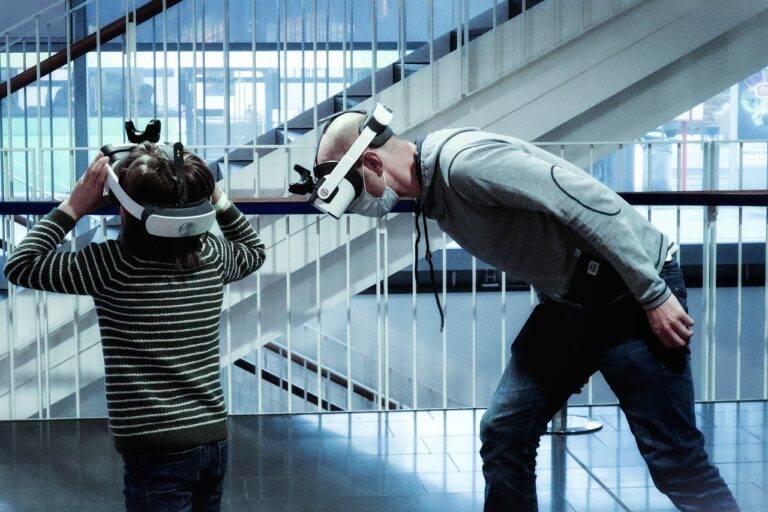Understanding the Basics of Augmented Reality
Augmented Reality (AR) is a cutting-edge technology that blends digital information with the real world, providing users with an enhanced visualization of their surroundings. As AR continues to gain popularity across various industries, it is essential to understand the basics of this innovative technology. In this article, we will explore the fundamentals of augmented reality, its applications, benefits, and future prospects.
What is Augmented Reality?
Augmented Reality is a technology that superimposes computer-generated images, videos, or information onto the user’s view of the real world. Unlike virtual reality, which immerses users in a completely artificial environment, AR enhances the existing environment by adding digital content. This digital overlay can be seen through a variety of devices, including smartphones, tablets, smart glasses, and headsets.
How Does Augmented Reality Work?
AR operates by utilizing sensors, cameras, GPS, and accelerometers to detect the user’s surroundings. These devices gather data and overlay digital content onto the physical environment in real-time. By tracking the user’s movements and position, AR can create a seamless integration of the digital and physical worlds, providing an interactive and immersive experience.
Applications of Augmented Reality
Augmented Reality has a wide range of applications across multiple industries. Some common uses of AR include:
- Education: AR can be used to create interactive learning experiences, allowing students to visualize complex concepts in a more engaging manner.
- Retail: AR enables customers to try on clothing, preview furniture in their homes, and see product demonstrations before making a purchase.
- Healthcare: AR can assist surgeons during complex procedures by providing real-time data and guidance.
- Entertainment: AR games such as Pok魯n Go have become immensely popular, blending virtual elements with the real world.
The Benefits of Augmented Reality
There are several benefits to incorporating augmented reality into various processes and applications:
- Enhanced User Engagement: AR provides a unique and interactive experience that captivates users and keeps them engaged.
- Improved Visualization: AR helps users visualize products, data, or information in a more realistic and practical way.
- Increased Efficiency: AR can streamline workflows and improve productivity by providing real-time information and guidance.
- Enhanced Marketing Opportunities: AR can be used to create immersive marketing campaigns that resonate with customers and drive sales.
The Future of Augmented Reality
As technology continues to advance, the future of augmented reality looks promising. With the development of more sophisticated AR hardware and software, we can expect to see even more innovative applications and experiences in various industries. In the coming years, AR is projected to revolutionize education, healthcare, retail, and entertainment, offering new ways to interact with the world around us.
FAQs
Q: What are the differences between Augmented Reality and Virtual Reality?
A: The main difference between AR and VR is that AR overlays digital content onto the real world, while VR immerses users in a completely artificial environment.
Q: How is Augmented Reality used in education?
A: AR in education can enhance learning by providing interactive visualizations of complex concepts, making lessons more engaging and memorable.
Q: What are some popular AR applications?
A: Some popular AR applications include Pok魯n Go, Snapchat filters, and furniture shopping apps that allow users to preview products in their homes.
Q: What is the future of Augmented Reality?
A: The future of AR looks bright, with advancements in hardware and software leading to more innovative applications in education, healthcare, retail, and entertainment.
By understanding the basics of augmented reality, we can appreciate the transformative potential of this technology and its impact on various industries. As AR continues to evolve and expand, it will undoubtedly shape the way we interact with the world around us, offering new possibilities and experiences that were once unimaginable.





